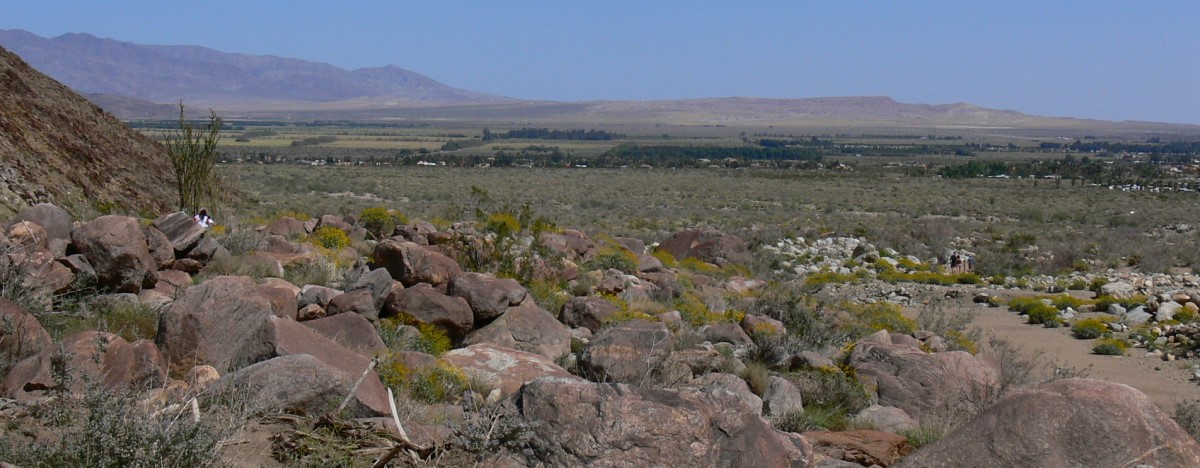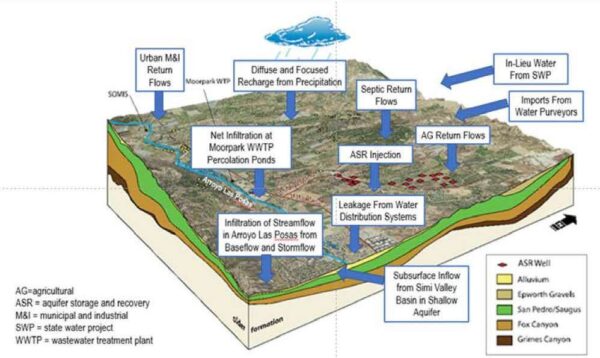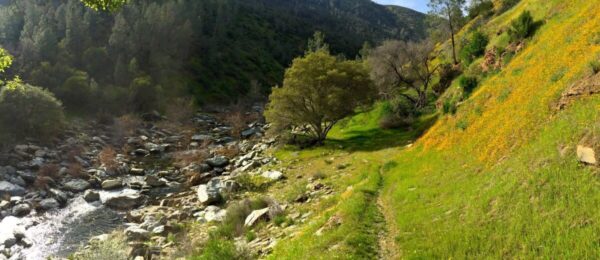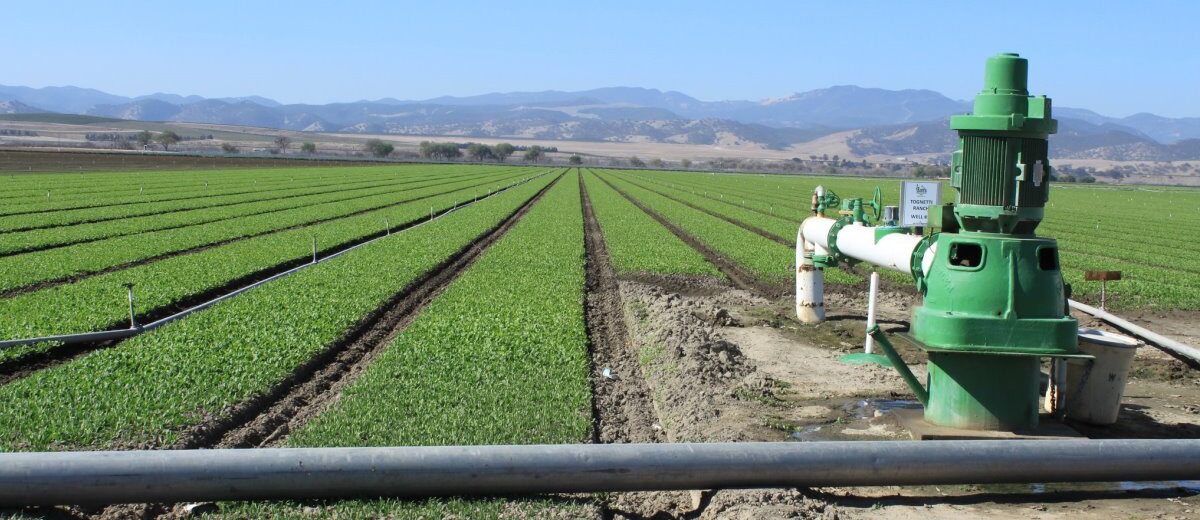
Borrego Springs – Southern California, but a World Apart
A four part series from the Local Government Commission
“Amidst drought, groundwater regulation, and economic hardship, the media portrays Borrego Springs as a village “drying up” in the desert – running out of water – soon to be the next California ghost town.
Like many aspects of the desert, there’s more to the Borrego Springs community than meets the eye. In the crevices of the valley’s rocky floor, wildflowers blossom in exuberant hope. In the shade of the Palo Verde trees, Coyote Creek babbles through the sandy slopes with perseverance.
From corner to corner, the community is banding together: evaluating how to live within the constraints of this remote locale, charting a course that integrates civic engagement with environmental, social and economic priorities – to achieve their goal of a thriving, resilient future.
This is their story. … ”
Read more from the Local Government Commission here: Borrego Springs – Southern California, but a World Apart
Saving Borrego’s Lifeblood
“Borrego Springs’ only viable water source is a large aquifer under Borrego Valley; it has long been accepted that the aquifer’s water collected over millennia and is being pumped at a rapid pace by recent generations. What farmers, developers, business owners, and residents never agreed upon was how much water was actually available, and how long it would last.”
Read more from the Local Government Commission here: Saving Borrego’s Lifeblood
Community Voices
“LGC, with the help of five Stanford University students, conducted interviews with community members to understand varying perspectives and identify where community visions overlap in order to help guide the community on a path forward. Ten Borregans lent their voices to these interviews, including full-time residents, commuters, and weekenders.”
Read more from the Local Government Commission here: Community Voices
Borrego’s Path to Resilience in the Face of Change
“As a new year begins, Borrego Springs is eager for opportunities to ensure community resilience while protecting the local economy and the region’s precious ecosystems. In the face of many obstacles, not all hope is lost. This article wraps up the four-part series, highlighting the revitalization of the Borrego Valley Stewardship Council and their efforts to pave the way for a brighter future.”
Read more from the Local Government Commission here: Borrego’s Path to Resilience in the Face of Change
IMAGE CREDIT: Photo of Borrego Springs by Jim Mullhaupt
 Last year was a milestone year for SGMA, with the critically-overdrafted basins required to submit their first groundwater sustainability plans to DWR by January 31st of 2020. The Department is currently reviewing these groundwater sustainability plans and will release assessments of them this year. By statute, the Department has two years to complete an evaluation of the plans.
Last year was a milestone year for SGMA, with the critically-overdrafted basins required to submit their first groundwater sustainability plans to DWR by January 31st of 2020. The Department is currently reviewing these groundwater sustainability plans and will release assessments of them this year. By statute, the Department has two years to complete an evaluation of the plans.

 “Lower groundwater levels can prevent drainage of water and salts from a basin and increase aquifer salinity that eventually renders the groundwater unsuitable for use as drinking water or irrigation without expensive desalination. Pauloo et al. (2021) demonstrate this process for the Tulare Lake Basin (TLB) of California’s Central Valley.
“Lower groundwater levels can prevent drainage of water and salts from a basin and increase aquifer salinity that eventually renders the groundwater unsuitable for use as drinking water or irrigation without expensive desalination. Pauloo et al. (2021) demonstrate this process for the Tulare Lake Basin (TLB) of California’s Central Valley. 






